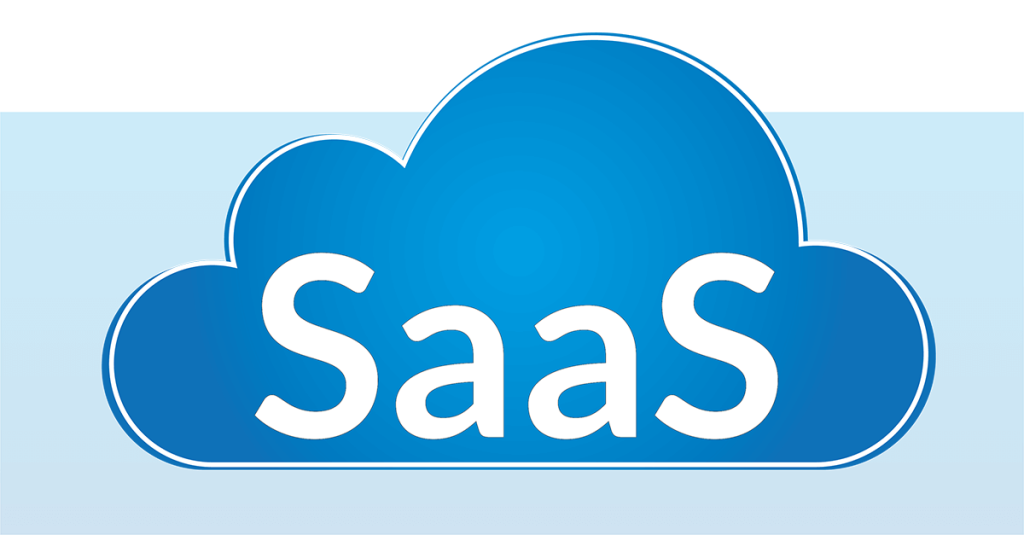
In the fast-paced digital era, building SaaS software quickly and effectively is crucial for success. Here are 3 steps to get you started on building your SaaS software. Besides, some specific SaaS software examples will be illustrated each step.
Step 1: Define Your SaaS Idea and Target Audience
- Identify the Problem: Look for a common pain point or unmet need in the market. For instance, Salesforce recognized the need for businesses to better manage their customer relationships. Many companies were struggling with keeping track of customer information, sales leads, and deal progress. Salesforce addressed this by creating a comprehensive CRM SaaS solution.
- Understand Your Audience: Research your potential customers’ demographics and psychographics. If your target audience is small to medium-sized e-commerce businesses, like many that use Shopify, you need to understand their need for an easy-to-use platform. They value features such as customizable storefronts and integration with various payment gateways. Create detailed buyer personas to guide your software’s design and marketing.
Step 2: Choose the Right Technology Stack
- Front-End Development: Select a user-friendly and responsive front-end framework. For example, Slack uses a combination of web technologies and a custom front-end design to create an intuitive and easy-to-navigate interface for team communication. Its instant messaging system, file sharing, and integration with other tools like Google Drive and Trello are all made possible through a well-designed front-end.

- Back-End Development: Opt for a reliable back-end language and framework. Mailchimp, an email marketing SaaS, uses a robust back-end to handle the sending and tracking of millions of emails daily. It likely employs technologies like Python with Django or Node.js.
- Database: Choose a database that suits your data storage and retrieval needs. Asana, a project management SaaS, stores a vast amount of data related to tasks, projects, and team members. It might use a combination of MySQL for structured data like user profiles and PostgreSQL for more complex data relationships.
Step 3: Implement and Optimize Your SaaS Software
- Build the MVP: Develop a Minimum Viable Product with the core features that solve the identified problem. Trello started as a simple MVP with basic task and project management features like creating boards, lists, and cards. It allowed teams to quickly organize and track their work, gathering user feedback to continuously improve and add more advanced features later.
- SEO Optimization: Optimize your website’s content for search engines. For example, G Suite’s websites for Gmail, Google Drive, and other tools use relevant keywords in their page titles, meta descriptions, and throughout the content. They also create high-quality blog posts and resources to attract organic traffic and establish themselves as leaders in the productivity and collaboration space.
- User Experience: Ensure your software is easy to use and navigate. Shopify offers a user-friendly onboarding process with step-by-step guides and tooltips to help new store owners set up their online stores quickly. It also provides 24/7 customer support to address any issues and ensure a smooth experience for its users.

Follow these 3 steps and learning from the examples of successful SaaS software like Salesforce, Shopify, Slack, Mailchimp, Asana, and G Suite. You can build SaaS software and set yourself up for success in the competitive SaaS market. Remember, continuous improvement and listening to your users are key to long-term growth and sustainability.




